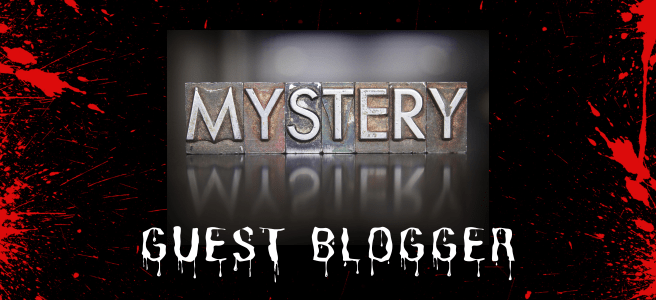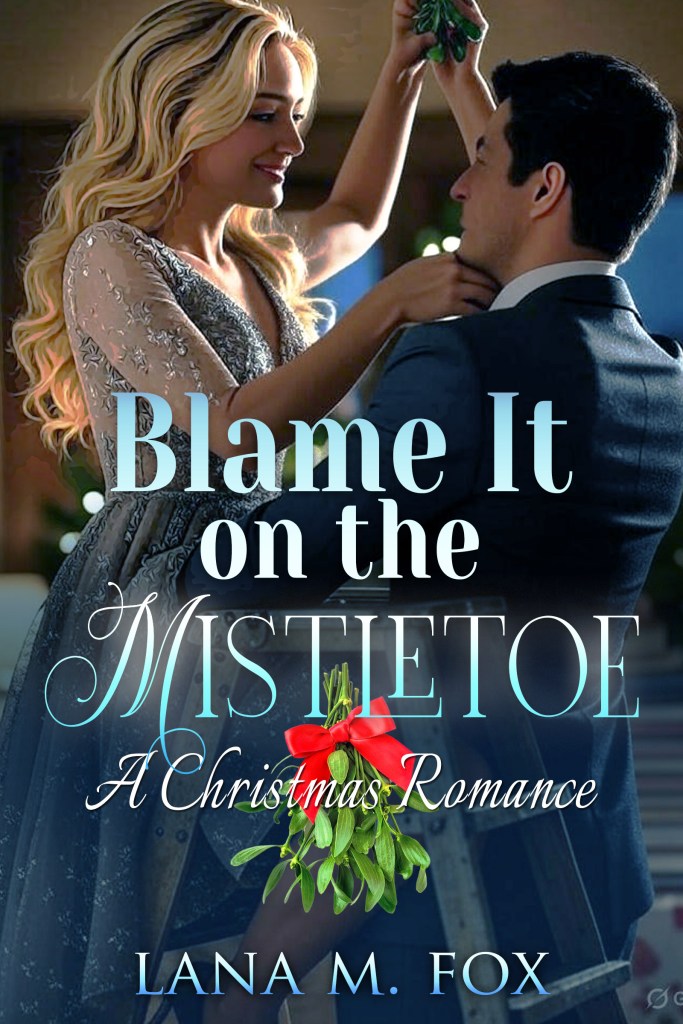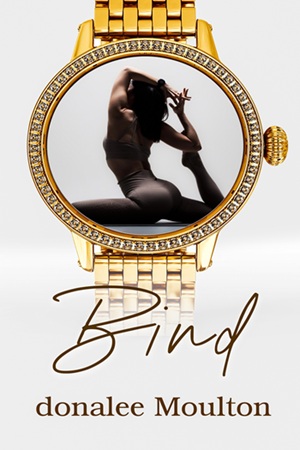Hello, Ladies ~
I hope everyone has their decorations in place, their presents wrapped, and their Christmas dinners planned.
My nine-foot decorated Christmas tree brings me so much joy that I’m tempted to leave it up until Valentine’s Day. Decorating my tree is my favorite part of the holiday. I love looking at each ornament, remembering the origin of every Santa, reindeer, or angel. Of course, I have a few non-traditional ornaments. There’s a unique half-avocado, a stack of books, and my oldest son’s clay handprint from his third-grade art project.
A few years ago, Norman and his family joined us for Thanksgiving, and the grandkids were excited to decorate my tree. It was fun to tell them stories behind some of the ornaments. And grandpa and I enjoyed watching them take turns hiding the dill pickle from each other.
This year, they spent the holiday with us again, and we had the tree ready for decorating. But time changes things, and our now 15 ½-year-old granddaughter, Sloan, preferred watching from the couch. 13-year-old Carter was on a mission to add as many decorations to his area of the tree as quickly as possible. Kendra and Norman handle the placement of ornaments on the tree’s higher branches.
At the end of a lovely visit, the Henson’s headed home, and I put the finishing touches on my decorations. Noticing a glass ball precariously hanging on another ornament, I moved it to a safer place on the tree.
“I bet you can’t leave the tree decorated the way it is this year,” my husband, Randy, said.
“Of course I can,” I replied and resisted moving some of the ornaments Carter had clustered together.
“You’re sure?” Randy tilted his head. “I know how you like certain ornaments in the front and hanging others together for a theme.”
“I think the tree looks beautiful just the way it is.” I smiled and walked away before I could move a glass snowman.
Over the past few weeks, I’ve stopped and looked at the ornaments on my tree. And though I haven’t moved any, Randy was right, I have always placed special decorations toward the front of my fake noble. But I also loved the way Norman, Kendra, and Carter decorated my tree. Sometimes, change is good and helps us see things in a different light.
I’m sure, like me, most of you have discovered that the holiday season’s festivities have made it hard to work on writing projects. But I still try to carve out an hour each day to write. Currently, I’m working on “Fatal Falls,” the 6th book in my Stoneybrook Mystery Series. In this series, I have recurring characters, think “Virgin River,” and found myself wondering what might happen with the story if I placed the characters in uncomfortable scenarios.
Harley Harper, my heroine, finds herself struggling to connect with her partner, Sheriff Wyatt Stone, since he’s working three different cases. She’s being ghosted by her bestie, Busy, and is thrown into a situation that requires her to rely on Morgan Grey, who is interested in being more than friends. Wyatt’s dedication to his job is challenged when he and his deputies can’t catch a break in their hunt for a serial killer. The sheriff’s department is also spread thin as they race to rescue a kidnapped woman and try to find the person responsible for killing a Stoneybrook resident.
I also decided that some of my supporting characters should have interesting story arcs in this book, so I’m moving them from the back of the Christmas tree to front and center. Can Derrick locate the Stone family’s missing gold? Is Busy keeping something from Harley? Who in the sheriff’s department ends up taking a bullet for a colleague? Which character steps up to bring a serial killer to justice?
“Lost in Loreto” is the 5th book in my Mexico Mayhem series, and I decided, once again, to approach character creation from a different perspective. All three main characters, heroine Scarlett, hero Javier, and villain Arlo, have serious anger issues from the beginning. So far, their individual challenges are creating an interesting story. Can Scarlett learn to work with Javier, who thinks he’s always right? Can Javier work with his brother-in-law, Dante, considering that both Dante and his father want Javier to pay for abandoning Gabriella? Can Arlo overcome his fiery temper and manage to woo his beautiful captive, Gabriella, into a willing relationship with him?
My beautiful tree watches over me as I write each morning. And though it’s the most wonderful time of year, it’s also a very busy time of year, so who has time to redecorate their tree? I love that embracing a different decorating scheme for my tree has also encouraged me to change my approach to my character’s stories and move them around my “story tree.”
Merry Christmas, Ladies. I hope you all have a lovely and blessed holiday!











You must be logged in to post a comment.